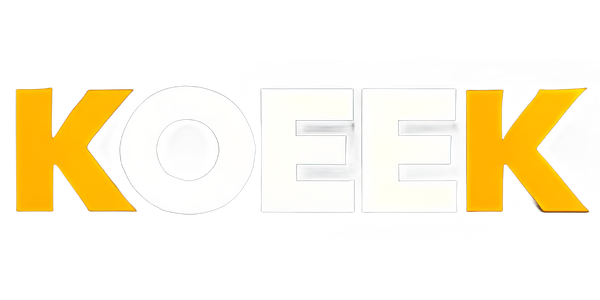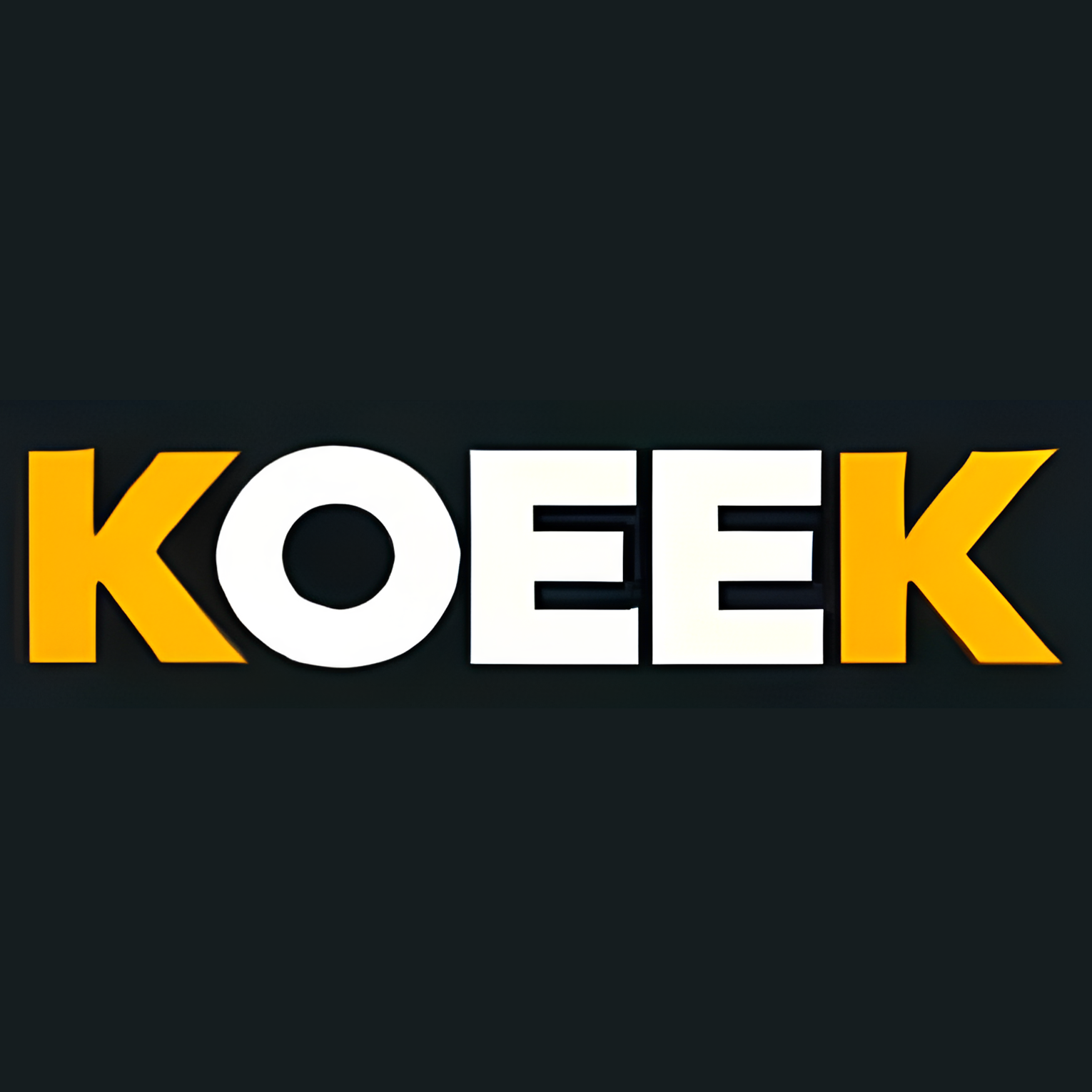What is the current gap between domestic hardware tools (screwdrivers, etc.) and imported tools (Bosch, Star, Stanley)?
As a hardware professional technician, it’s thrilling to witness the evolution of the tools we rely on every day. From the simplest screwdriver to the latest electric drill, hardware tools have come a long way. Yet, despite these advancements, there is still a noticeable gap between domestic hardware tools (those manufactured locally) and imported tools from renowned brands like Bosch, Star, and Stanley. This article delves into this gap, exploring the differences in quality, innovation, cost, and overall performance.
First and foremost, let's address the elephant in the room: quality. The quality of hardware tools is paramount for any technician or handyman. Imported tools from brands like Bosch, Star, and Stanley have established a sterling reputation for their superior quality. These brands invest significantly in research and development to ensure their products are durable, efficient, and user-friendly. Bosch, for instance, is renowned for its precision engineering and robust materials, making their tools reliable and long-lasting.
On the other hand, while domestic hardware tools have improved over the years, they often fall short in terms of quality. Many local manufacturers struggle with consistency in production, leading to tools that may not perform as well or last as long as their imported counterparts. This discrepancy can be attributed to several factors, including limited access to high-quality raw materials, less advanced manufacturing technologies, and, in some cases, a lack of stringent quality control measures.
Innovation is another critical area where imported tools tend to outshine domestic offerings. Brands like Stanley and Star are at the forefront of technological advancements in the hardware tool industry. They continuously introduce new features and enhancements that make their tools more efficient and easier to use. For example, Stanley's FatMax line includes innovative features such as ergonomic grips and advanced torque mechanisms, which significantly improve user comfort and efficiency.
Domestic tools, while functional, often lag in innovation. Many local manufacturers focus on producing basic, no-frills tools that meet the minimum requirements for functionality. While this approach keeps costs down, it also means that users miss out on the latest advancements that can make tasks quicker and more straightforward. This lack of innovation can be a significant drawback for professionals who rely on cutting-edge tools to deliver high-quality work efficiently.
Cost is a crucial factor for both consumers and professionals when choosing hardware tools. Imported tools from brands like Bosch, Star, and Stanley are often more expensive than their domestic counterparts. This higher cost is due to several factors, including import taxes, higher production costs, and the premium associated with well-known brands. However, many professionals consider this extra expense worthwhile due to the superior quality and performance of these tools.
Domestic tools, on the other hand, are generally more affordable. This cost advantage makes them an attractive option for hobbyists, DIY enthusiasts, and small businesses operating on tight budgets. However, the lower price often comes at the cost of reduced durability and performance. While domestic tools may be suitable for occasional use, they may not withstand the rigors of frequent, heavy-duty tasks as well as imported tools.
Performance is another area where the gap between domestic and imported tools becomes evident. Bosch, for instance, is known for its high-performance power tools that deliver exceptional results. Their cordless drills, for example, offer impressive battery life, powerful motors, and precision control, making them a favorite among professionals. Similarly, Star and Stanley tools are designed to deliver consistent, reliable performance, even under demanding conditions.
In contrast, domestic tools often struggle to match this level of performance. Many local manufacturers prioritize affordability over advanced features and performance, resulting in tools that may not deliver the same level of precision, power, or reliability as their imported counterparts. This performance gap can significantly impact the efficiency and quality of work, particularly for professionals who rely on their tools for complex, high-stakes projects.
Despite these differences, it's important to recognize the potential of domestic hardware tools. With the right investments in research, development, and quality control, local manufacturers can bridge the gap and compete with international brands. Additionally, supporting domestic tool manufacturers can have positive economic impacts, including job creation and local industry growth.
In conclusion, while there is currently a noticeable gap between domestic hardware tools and imported tools from brands like Bosch, Star, and Stanley, this gap is not insurmountable. By understanding the specific strengths and weaknesses of each option, consumers and professionals can make informed decisions that best meet their needs. Whether you prioritize quality, innovation, cost, or performance, there's a tool out there that's perfect for your next project. So, happy tool hunting, and may your next project be your best one yet!


